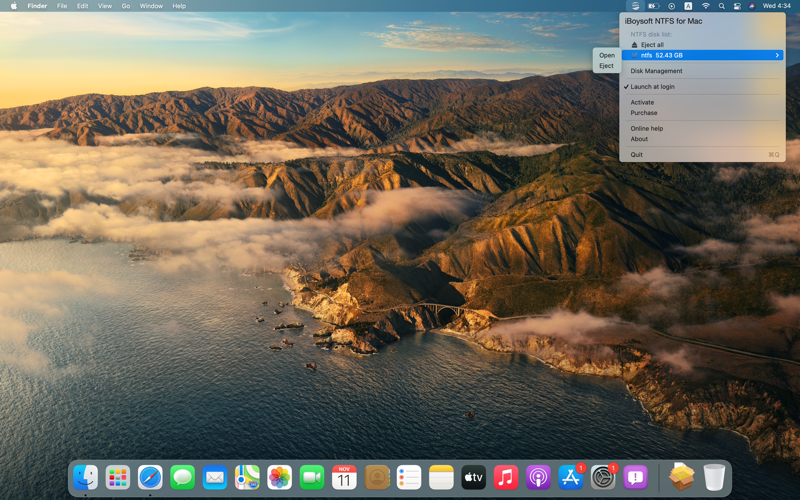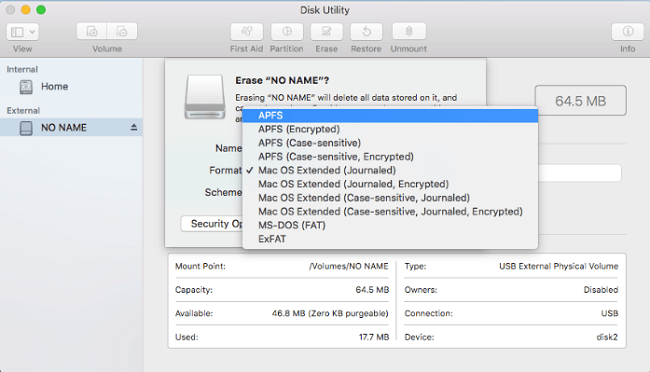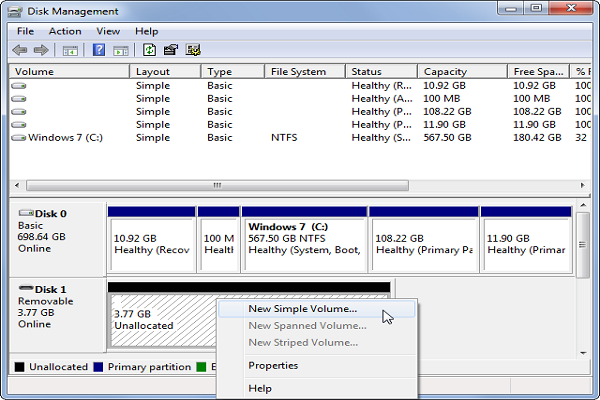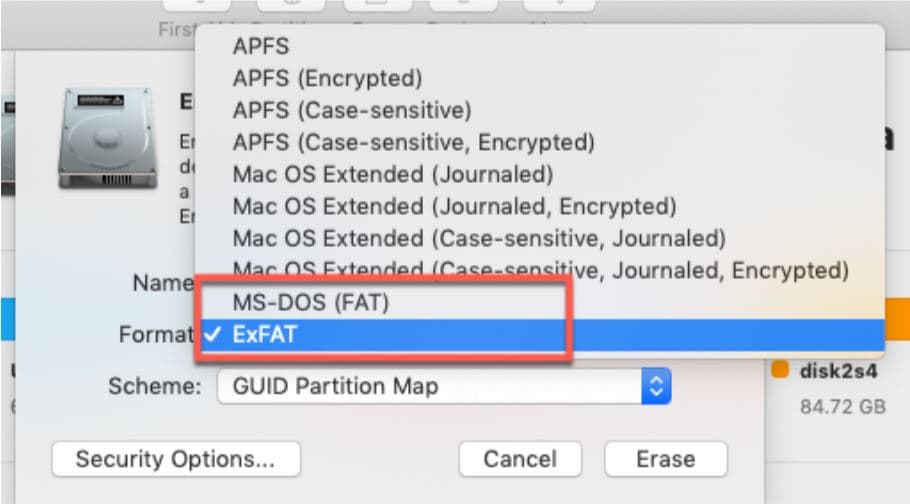

- DISK NTFS FIX FOR MAC HOW TO
- DISK NTFS FIX FOR MAC INSTALL
- DISK NTFS FIX FOR MAC PC
- DISK NTFS FIX FOR MAC WINDOWS

Simply go to the App Store and search for NTFS. On the other hand, you can also use other apps that offer the same functionality. Finally, open iBoySoft and you can do what you want on your drive as you would normally on an exFAT or FAT32 storage device.Once you’ve restarted your Mac, connect your NTFS device using a USB or Thunderbolt cable.

After that, restart your computer by clicking the Apple logo at the top-left corner of your screen, then select Restart.
DISK NTFS FIX FOR MAC INSTALL
DISK NTFS FIX FOR MAC HOW TO
The best thing about this is that it is available for macOS 10.13 all the way up to macOS 11.0, also known as Big Sur.Ĭheck out the guide below on how to access your NTFS drive using iBoySoft. With iBoySoft, you get features like reading and writing on your NTFS device, mount and unmount NTFS volumes, and reformat drives with NTFS format. One example of this is iBoySoft NTFS for Mac.

If you find the steps above a little complicated or not willing to risk your NTFS storage device, you can always opt for an easier route with third-party applications. To check if everything is in order, try saving a couple of files to your NTFS device and observe if you would encounter any errors along the process. Close the terminal afterward and reconnect your NTFS device to your Mac. Wait for the process to finish then press on Command + O on your keyboard to save the changes. Finally, type LABEL = (NTFS Device Name) none rw,auto,nobrowse then hit Enter.Once you are inside the Terminal, type sudo nano /etc/fstab and enter your Admin password.Inside the Utilities folder, double-click on the Terminal to open it.Now, go to the Applications tab and open the Utilities folder.After that, open Finder and verify that your NTFS device is being detected.On your Mac, plug in your NTFS device using a USB or Thunderbolt cable.Īfter renaming your NTFS storage device, you are now ready to enable NTFS writing for your Mac. Finally, assign a one-word name for your NTFS drive.
DISK NTFS FIX FOR MAC PC
DISK NTFS FIX FOR MAC WINDOWS


 0 kommentar(er)
0 kommentar(er)
